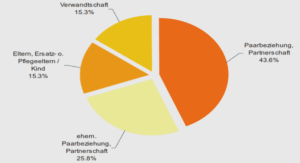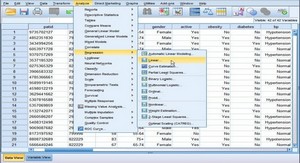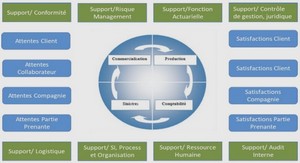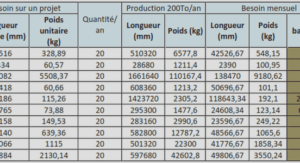ANALYSIS OF THE EXISTING SITUATIONS IN MALAGASY LYCEES
As we could notice, the first part of this present study is devoted to the theoretical study of the development of the speaking skill whereas the second part will be more practical; that is, the study of the information collected through questionnaires and the study about the realities in class through classroom observations. In fact, these two methodologies were mainly meant to provide us with information about how teachers of English develop their learners’ speaking skill; especially, how they use fun activities in developing learners’ speaking skill. Actually, although there are many ways to collect data, we have decided to resort to questionnaires and classroom observations. However, because of financial problems and time constraints, we could only work with some English teachers from public and private lycées in Antananarivo, Antsirabe, and Mahajanga. Thus, this part is divided into two parts. The first subpart is about the analysis of the data collected through the questionnaires and the second subpart is about the classroom observations.
QUESTIONNAIRE
Now we are going to see how we dealt with the questionnaires and the problems that we had to face when distributing them.
Distribution and problems encountered
As we have already mentioned, we have chosen questionnaires as a means to collect information from both teachers and students. Although we would have liked to have much information from different provinces of Madagascar, we could only dispatch questionnaires to some of the state and private lycées in Tana, Antsirabe and Mahajanga. In fact, we gave two alternatives to teachers and students to answer the questionnaires. First, we asked the teachers to give their students time to answer the questionnaires as they answered theirs. Second, we left the questionnaire to the teacher and collected them during the next class. The first alternative is more convenient as it was easy to have the completed questionnaire back immediately. Some teachers and students, however, did not follow the instruction and answered it as they liked; especially, when they were asked to rank their answers. Instead, they just put a tick or a cross on the square. For the second alternative, both teachers and students had time to think and to understand more the questions. Consequently, 30 they could answer them correctly; that is, according to the instructions. However, when collecting the questionnaires, some teachers and students forgot their questionnaire sheets at their home and some students did not fill them at all. It is worth mentioning that even if the use of questionnaires presented some drawbacks we can say that it is the easiest and the most practical way to gather information. Moreover, we can say that we had all necessary information by using this method.
Analysis of the data collected through the questionnaire
In the questionnaires, the teachers and the students were asked to put a tick, to cross, or to rank, and in some questions they can add additional answer(s) when needed. We tried to share as many questionnaires as possible in order to have an objective result for the fulfillment of this present study about the teaching of speaking in Malagasy lycées (Private and public schools). The following chart will show us the number of the questionnaires distributed, returned, and also the locations where they were distributed. It is worth mentioning that our questionnaires consist of two sections: questionnaire for teachers and questionnaire for students. We are going to look at them as follows: The chart shows that thirty five (35) questionnaire for teachers were shared and only twenty of them were returned. In other words, fifty seven percent (57%) of the questionnaire were back. The questionnaire consists of sixteen (16) questions. We are going to see all the results of the questionnaire in details. Some of them will be presented by diagram or/and they will be followed by comments. Question n°1 : How long have you been teaching? □ One to five years □ More than five years □ More than ten years □ More than twenty years The question n°1 is designed to discover how long the informants have been teaching English. The diagram below will show us the percentage.





